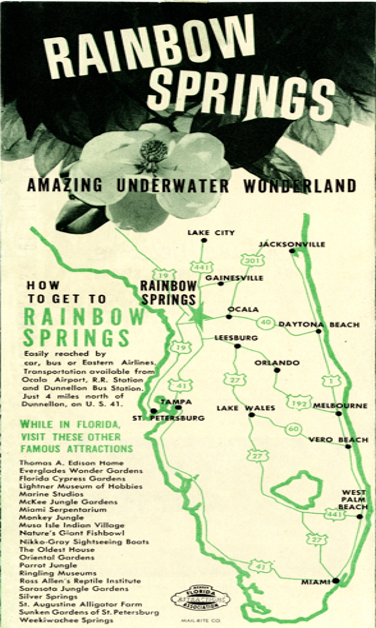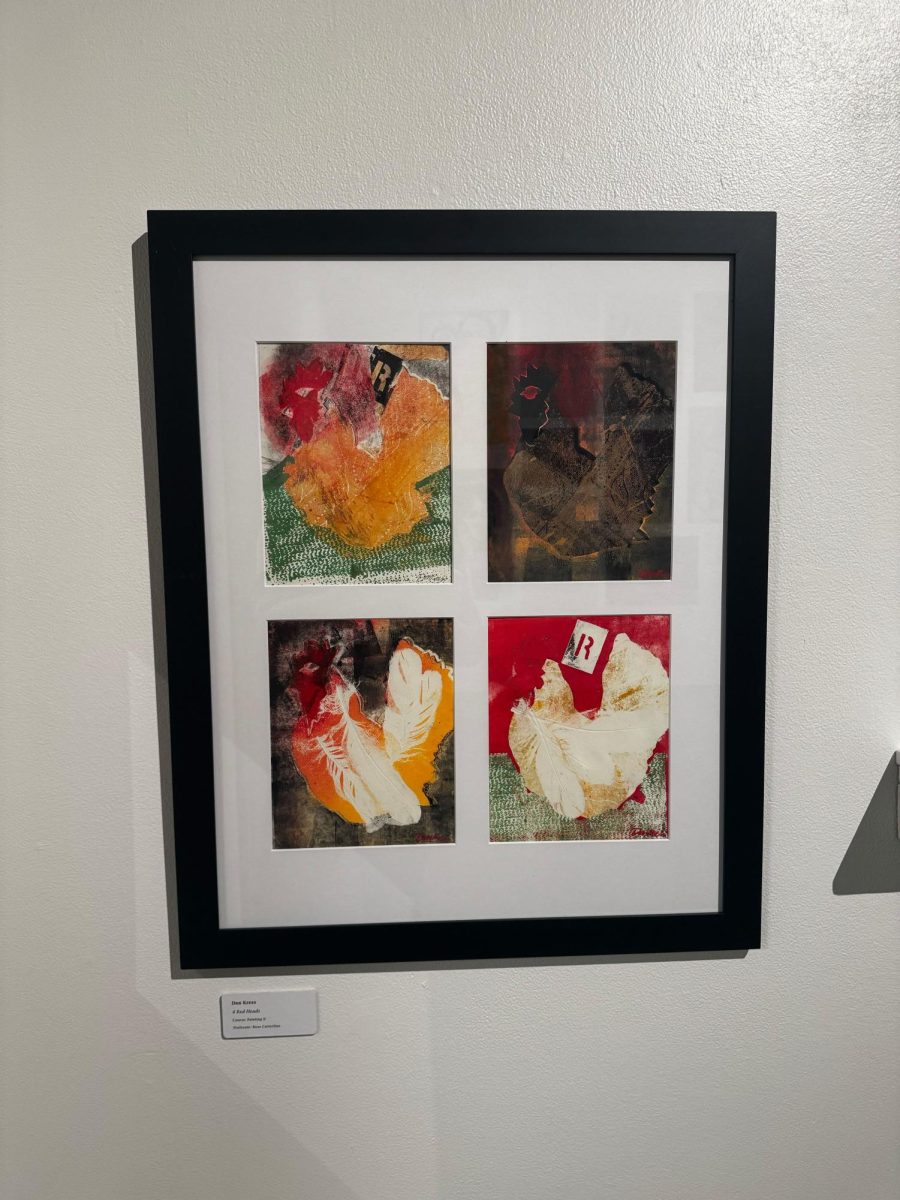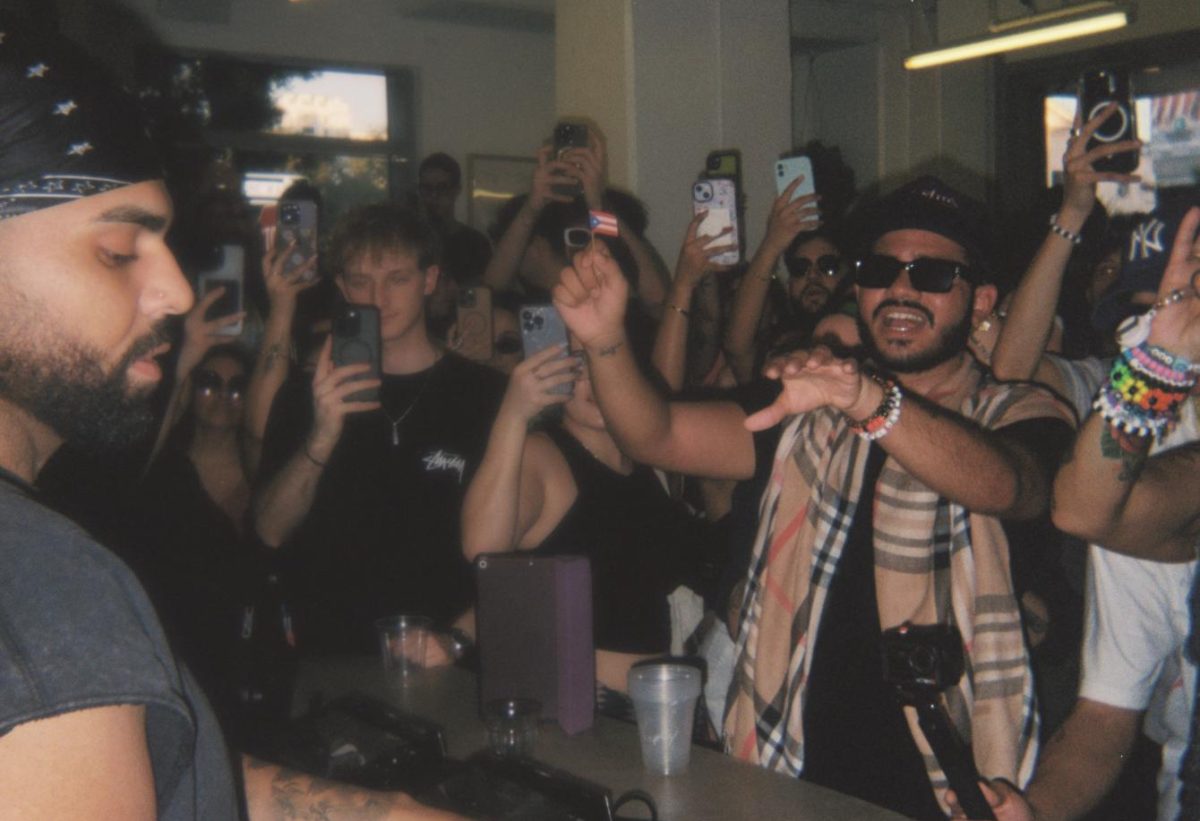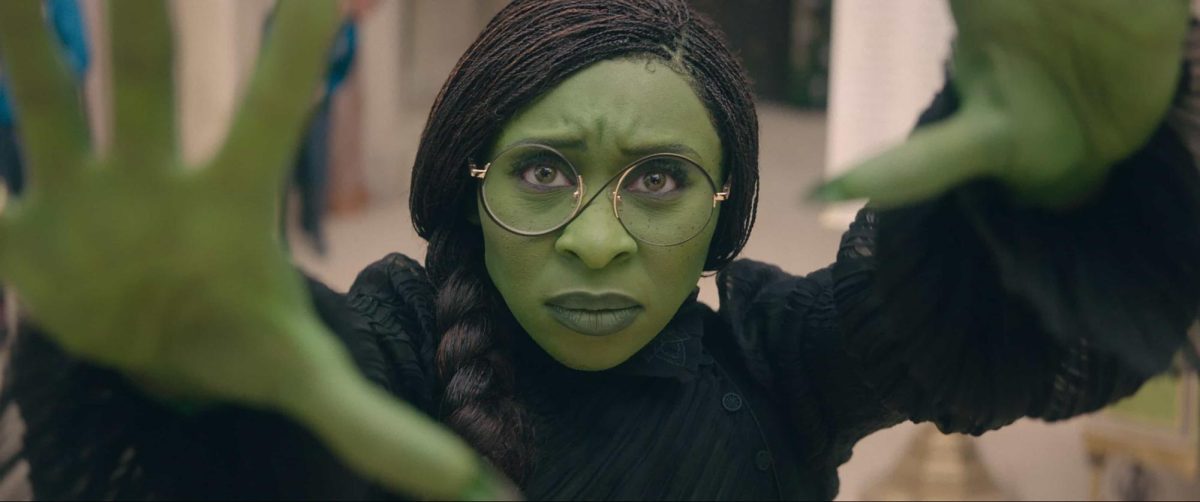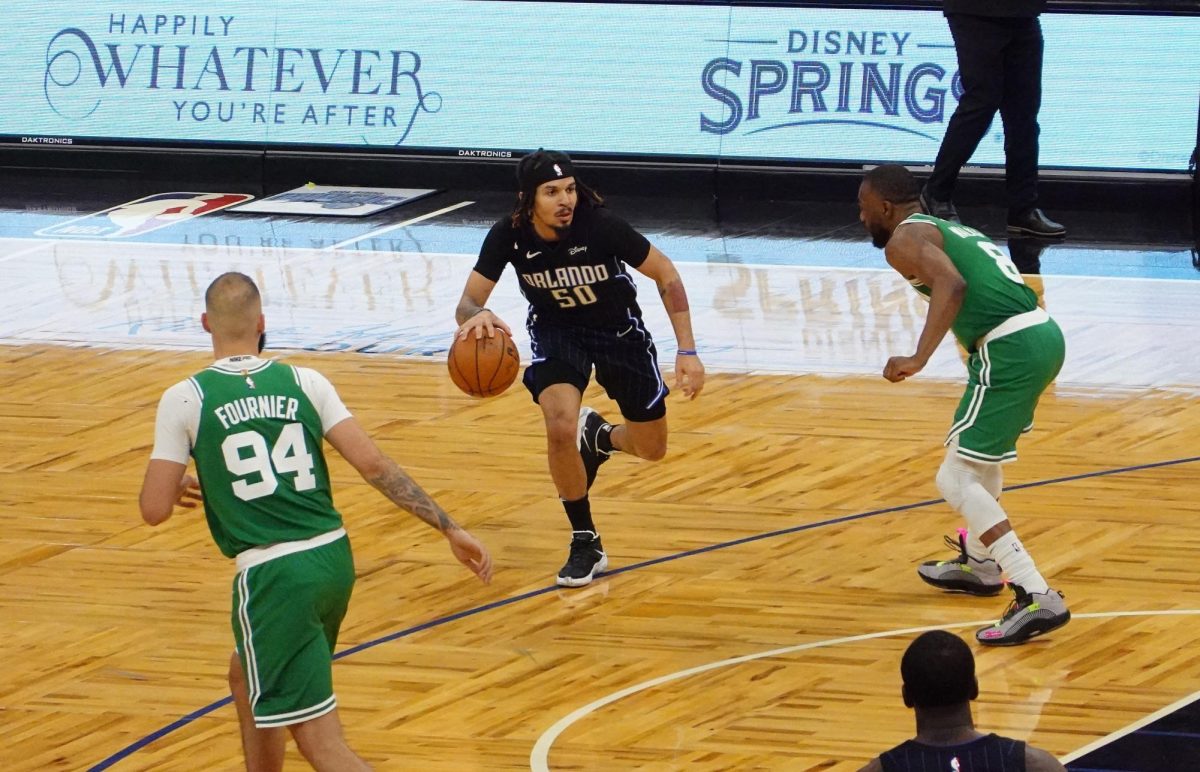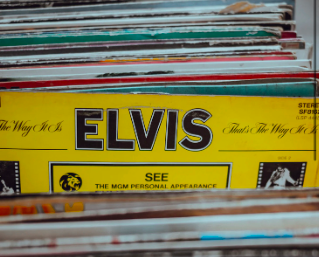By Jonathan Terbeche
[email protected]
Ask anyone what their favorite fighting game of all time is and there’s a good chance they’ll say, “Marvel vs. Capcom 2.” After over a decade, many fans are still playing the definitive combo-inducing fighter, whether it be the original, or the re-releases on Xbox Live and the PlayStation Network.
With 56 characters, vibrant spite-based graphics, and arguably the best fighting mechanics of any fighter, it is no wonder why even used copies of the original game still go for upwards of 50 dollars.
When Capcom announced they had plans to release the sequel to one of gaming’s greatest, excitement and elation were abound. The question on everyone’s minds, “How do you improve on something so great?”
It’s easiest to first note the differences from the previous title. Instead of the traditional sprite-based, 2-D graphics, “Marvel vs. Capcom 3” uses fully rendered, polygonal 3-D for characters and backgrounds. Combat, however, remains on a static, 2-D plane. The graphics are beautiful and have a unique, cell-shaded, comic book aesthetic.
Another notable difference is perhaps the most disappointing, certainly for long-time fans. While all of the characters are unique and varied, and careful attention was paid to balancing, the overall character roster is rather unremarkable. With only 36 characters, not only are fan favorites like Cable and Venom gone, but even some no-brainers like MegaMan and Stryder failed to make an appearance.
The issue of new characters can easily be mended through downloadable content (DLC), but this only further angers fans who expect a full character roster at the time of the game’s release. This trend of DLC is one Capcom is very familiar with, but one which could alienate customers as well.
The last major difference is where the game loses major points. For being a next-gen console game it has a serious lack of modes and features that even older fighting games are known for. The modes and options it does have are great, but without a survival mode, score attack mode, or something else unique they could’ve done, not taking advantage of such high expectations seems like huge oversight.
While the game certainly has its share of disappointments, mostly when compared to the previous entry in the series, it also has a lot of great things going for it. Despite the small roster, some of the characters it does include are great, and even the quirky, fan-pleasers feel viable for tournaments. Another thing that needs commending is the ease of access included in online play. Whether you want to invite a friend to fight, look for a random person in your fighting level, or just want to compare stats, it’s all just a few clicks away.
“Marvel vs. Capcom 3” may not introduce any groundbreaking gameplay, innovative modes, or even an awe-inspiring set of characters. What it does bring to the table though, is a tight fighting game with beautiful visuals, fun gameplay, and crazy combo action. Whether you’re upset or pleased with the game almost doesn’t even matter; where else can you have the Incredible Hulk fighting Viewtiful Joe? Only in “Marvel vs. Capcom 3!”



